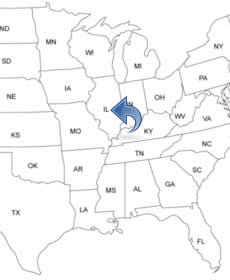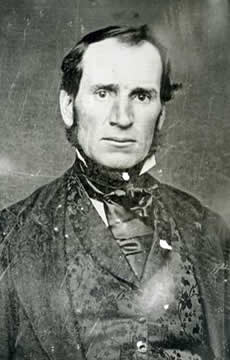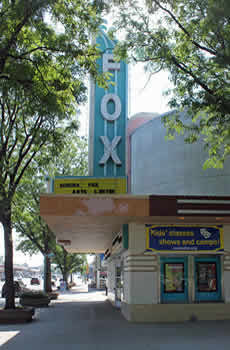ILLINOIS PEOPLE SEARCH!
- ✔ Contact Info
- ✔ Phone Numbers
- ✔ Criminal Records
- ✔ Income Info
- ✔ Neighbors
- ✔ People's Age
- ✔ Property Ownership
- ✔ And Much More
Aurora, Illinois
Aurora is located in the northeastern part of Illinois and is the second largest city in the U.S. state of Illinois. The City of Lights, Aurora, a suburb of Chicago, has many interesting attractions and a downtown unlike that of a typical suburb. It is probably best known for being the setting of the "Wayne's World" movies. The city has a rich history. As early as 1881, the city had electric street lights.
To See And To Do In Aurora
- Phillips Park
- Paramount Arts Center
- Blackberry Farm
- Schingoethe Center for Native American Cultures
- Hollywood Casino
- African-American Heritage Museum & Black Veterans Archives
- Sri Venkateswara Swami Temple of Greater Chicago
- Downtown
History Of Aurora - Timeline
The area was well known long before the first white settled. It was a popular place for traders and others to cross the Fox River. Potawatomi Native Americans often traded with white traders in the area.
In 1834, Joseph McCarty built the first campfire and started to trade with the local Native American tribe. His brother Samuel and his family soon followed and a permanent settlement was taking roots which is now the site of downtown Aurora. The brothers opened a mill. (McCarty's Mill renamed Aurora). In 1835, the brothers sold their land on the east side. Now there was East Aurora and West Aurora and many new settlers arrived.
In 1836, the first school was founded. In 1837, a post office was established and the first church was founded. In 1845, East Aurora was incorporated. In 1846, the newspaper "The Aurora Beacon" was published. In 1848, Joseph Stolp purchased "Stolp Island" and constructed a mill together with the McCarty brothers.
In 1850, the railroad came and the first telegraph lines came. About 1,200 now people lived in Aurora. Many factories, jobs, and people came and the city grew. The people who came to the city were mainly from Sweden, Great Britain, Ireland, Italy, Germany, and France. The first free public school was built in 1851. In 1852, a bank was established. In 1854, West Aurora was incorporated. In 1855, a high school for girls was established.
In 1856, The Aurora Fire Department was established, and the Chicago, Burlington, & Quincy Roundhouse and Locomotive Shop were constructed on Stolp Island to serve the railroad. It became Auroras largest employer. In 1857, East and West Aurora joined as one city. The same year the flood swept away all the bridges and about 20 houses in the city. In 1865, a city hall was built on Stolp Island.
In 1867, the West Aurora High School opened. In 1868, the city had street lights. In 1872, the St Mary's Catholic Church was built. In 1874, the Coulter Opera House was built and the building included a bank and stores. In 1877, the Grand Army of the Republic Hall was built.
In 1881, the City of Aurora gained the distinction of being one of the first American cities to install electric street lights. The World Young Women's Christian Association (World YWCA), the largest women's organization in the world, was established here in 1893. In 1896, the Aurora City hospital opened.
In 1900, the Fox Theater opened. In 1904, Theodore Roosevelt visited the city. In 1915, the Phillips Park Zoo opened. In 1928, the twenty-two story tall building "Leland Tower" was built. In 1931, the Paramount Theatre was built. In 1975, the shopping mall "Westfield Fox Valley" opened.


